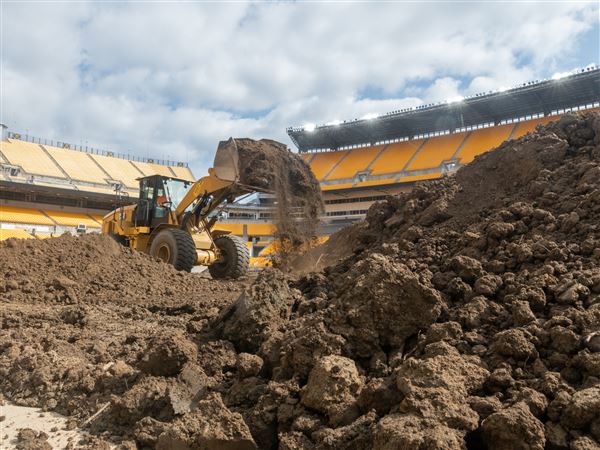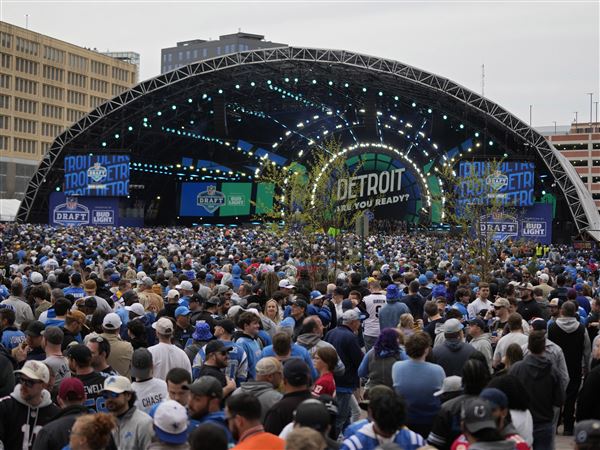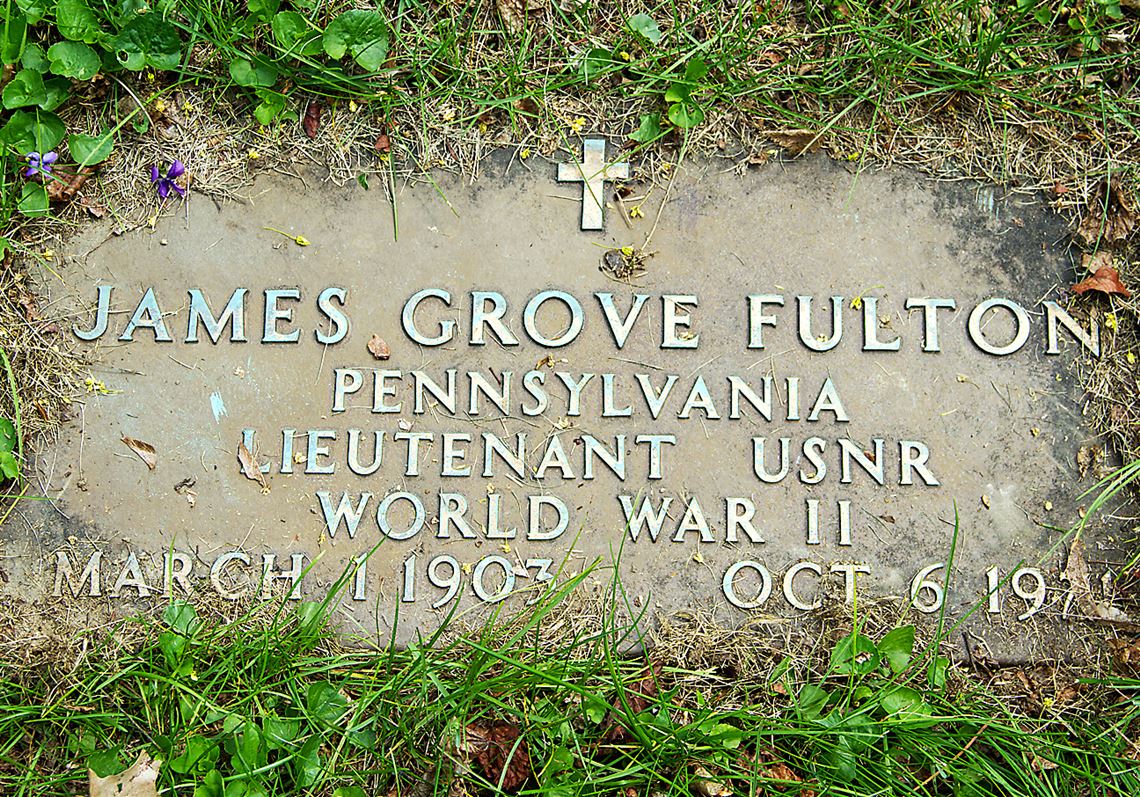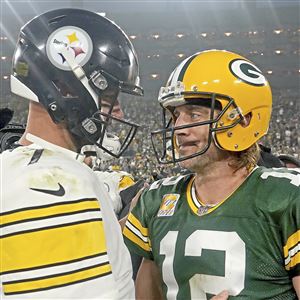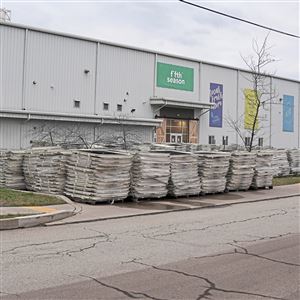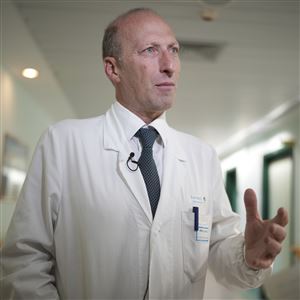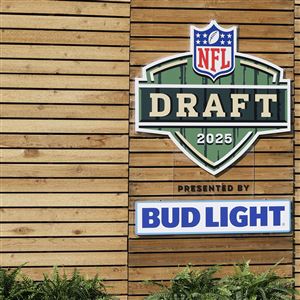Among the 22,000 or so graves in Mt. Lebanon Cemetery, William D. Morgan’s is not so easy to find.
His marker is relatively small among larger stones and even larger mausoleums, and it is flush against the ground. But the message inscribed shows him to be one of the most noteworthy who have been laid to rest in the cemetery:
“Medal of Honor. Cpl. U.S. Marine Corps. Vietnam.”
Mr. Morgan was only 21 when he died far from his Mt. Lebanon home on Feb. 25, 1969, in an action called Operation Dewey Canyon.
He is one of two men who are buried in the cemetery to achieve the nation’s highest military decoration. The other is Casper R. Carlisle (1841-1908), who fought for the Union Army at Gettysburg during the Civil War.
“We don’t know exactly why he was buried in Mt. Lebanon Cemetery,” said Gwyn Cready, who is on the board of the Historical Society of Mt. Lebanon.
She assisted Judy Sutton, another society member, in presenting a recent program in advance of Memorial Day about the cemetery’s history, dating back to its 19th-century origins. At the time, Mt. Lebanon was a sparsely populated section of Scott, awaiting transportation improvements that would make it one of Pittsburgh’s premier suburbs.
Memorial Day, the last Monday in May, is traditionally the time when Americans visit cemeteries. The day, Decoration Day as it was originally known, was set aside to honor members of the military who died while serving their country, but has expanded to include visits to all graves.
The exact number of graves in the 95-acre cemetery on Washington Road near Scott Road is not known, as some of the people buried there do not have markers, and records were not kept until 1902. But among the graves that are marked emerge plenty of interesting, and often heartbreaking, stories.
One section of the cemetery, for example, is known as “Babyland” for the prevalence of those who did not have the opportunity to live long.
“If you had the great misfortune to lose a young child, the cemetery at one time would bury your child for free,” said Ms. Cready.
A gravestone in another part is inscribed in Hungarian, noting two children who died on the same day in the 1920s. Despite having the message translated, researchers are unable to determine what happened to them, Ms. Sutton said.
Living a much longer life was James Grove Fulton (1903-71), who actually has two markers, or a third of you count the family stone. One commemorates his service as a lieutenant in the Naval Reserve during World War II, and the other his long tenure as a Republican U.S. representative from 1945 until his death.
“He’s actually credited with saving the space shuttle program,” said Ms. Sutton, explaining that, after suffering a heart attack in 1970, he made it to cast the vote to retain the program’s funding.
Another World War II participant, Walter Stanley Smith, has a distinctive cylindrical stone noting that he died in action on Feb. 7, 1945, in Germany at age 21.
Entombed in one of the cemetery’s mausoleums is Victor Cianca (1918-2010), a police officer in Pittsburgh who directed traffic for 38 years in a flamboyant fashion, wearing white gloves. He gained fame through his spirited appearances on “Candid Camera.” He also was featured in the movie “Flashdance,” playing himself. Mr. Cianca retired in January 1983.
Mt. Lebanon Cemetery actually is not the oldest cemetery in Mt. Lebanon. Across Scott Road is St. Clair Cemetery, which was founded in 1805.
“It was started as a burial ground for members of the Associated Reformed Congregation of Saw Mill Run,” which now is Mt. Lebanon United Presbyterian Church, Ms. Sutton said. Buried there are 10 veterans of the Revolutionary War, along with Mt. Lebanon’s first doctor, Ruggles Sylvester; postmaster, Caleb Milholland; and minister, Joseph Kerr.
Harry Funk, freelance writer: suburbanliving@post-gazette.com.
First Published: May 22, 2015, 4:00 a.m.


